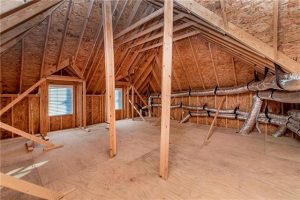Housing Industry Sees All-Time High Record Traffic and Builder Confidence
 NAHB/Wells Fargo Housing Market Index (HMI) reported that builder confidence in the market for newly-built single-family homes was up six points to 78 this August. This is the highest it has been in the history of the HMI which matches the record that was originally set in December 1998.
NAHB/Wells Fargo Housing Market Index (HMI) reported that builder confidence in the market for newly-built single-family homes was up six points to 78 this August. This is the highest it has been in the history of the HMI which matches the record that was originally set in December 1998.
The survey has been conducted by the National Association of Home Builders for 35 years. The NAHB/Wells Fargo Housing Market Index (HMI) is based on a monthly survey of NAHB members designed to take the pulse of the single-family housing market. The builders who participate in the survey rate present single-family sales and single-family sales for the next six months as good fair or poor. The HMI index can range between 0 and 100.
All three indexes rose in August. The sales conditions came in at 84, sales expectations in the next six months rose three points to 78 and the measuring charting traffic of prospective buyers was at the highest level ever recorded at 65. In the Northeast the averages of all three indexes rose 20 points to 65, in the Midwest to 63, in the South increased 12 points to 71 and the West saw 78.
“The demand for new single-family homes continues to be strong, as low-interest rates and a focus on the importance of housing has stoked buyer traffic to all-time highs as measured on the HMI,” said NAHB Chairman Chuck Fowke. “However, the V-shaped recovery for housing has produced a staggering increase for lumber prices, which have more than doubled since mid-April. Such cost increases could dampen momentum in the housing market this fall, despite historically low-interest rates.”
“Housing has clearly been a bright spot during the pandemic and the sharp rebound in builder confidence over the summer has led NAHB to upgrade its forecast for single-family starts, which are now projected to show only a slight decline for 2020,” said NAHB Chief Economist Robert Dietz. “Single-family construction is benefiting from low-interest rates and a noticeable suburban shift in housing demand to suburbs, exurbs and rural markets as renters and buyers seek out more affordable lower density markets.”
Click Here For the Source of the Information.




